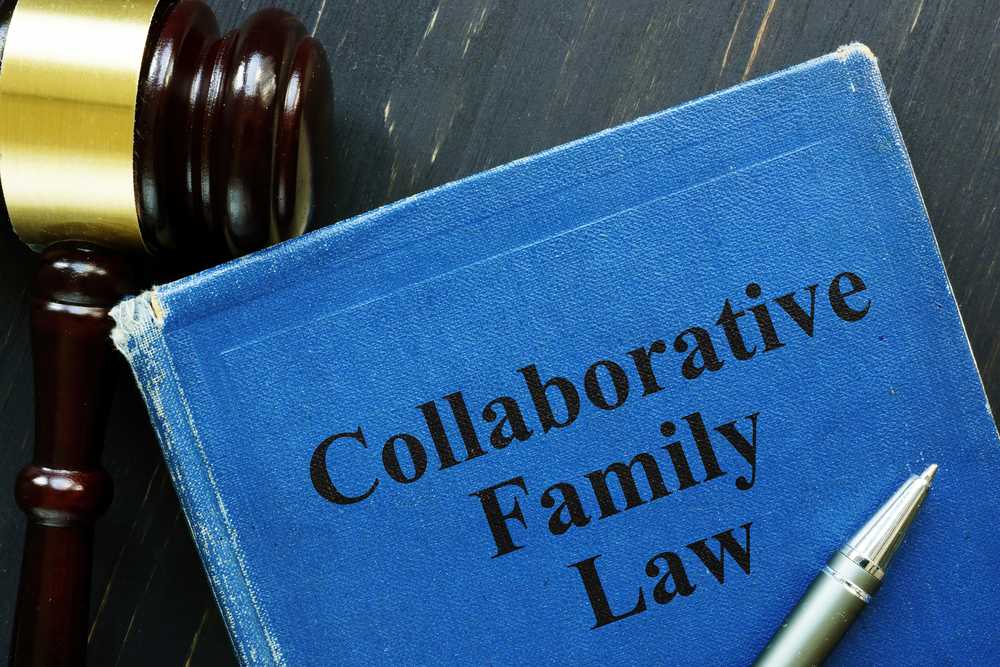Marriage Crisis and Divorce

A marriage crisis precedes every divorce. It can last from a couple of months to a couple of years. In each case, spouses start to feel alienated from one another. They do not consider their marriage a place they want to spend the rest of their lives.
The alienation process starts when one spouse begins to feel dissatisfaction and loneliness. Usually, a wife experiences these feelings first, while the husband often remains unaware of what is happening. The inability of one spouse to recognize difficult emotions their partner is experiencing – is by itself a sign of a real marriage crisis leading to a divorce. When the other spouse eventually becomes aware of alienation, they usually react with disbelief, shock, anger, and resentment. Statistic suggest that majority of divorces are initiated by women. The spouse (usually the husband) who ignored their partner’s unhappiness begins to experience fear, hurt, humiliation, resentfulness, and often anger. Many feel betrayed and want to hurt their spouse through the divorce process. At that point, the stage is ready for an all-or-nothing legal dispute.
Divorce is a legal process that involves multiple challenges. It is an emotionally and financially draining experience and a time-consuming process. Marriage dissolution requires dealing with marital property distribution, child custody, child support, parenting time allocation, and spousal support.
But does divorce necessarily have to be a such a damaging experience? Does each divorce involve a legal battle that further deteriorates relationships between former spouses? It depends on which method you choose for your divorce.
Litigated Divorce Makes Things Worse

Traditionally, divorcing couples end their marriage in court. Litigation is a court process involving strict rules. In Illinois, a no-fault divorce state, spouses do not have to prove guilt. The only reason for divorce is irreconcilable differences and a breakdown of their marriage. However, divorce requires dealing with issues such as child custody, child support, marital property division, and alimony, which unless the couple agree upon will demand proving your allegations in Court so a judge can decide. That is why going through different stages of litigated divorce can be emotionally and financially exhausting.
Litigation is a public court process. Everything shared in litigation becomes part of the publicly accessible record. Unfortunately, the vindictive atmosphere of litigation, can often lead to destructive, embarrassing or private information becoming part of the public court record.
The litigated divorce process is adversarial, meaning that spouses and their attorneys engage in a nasty legal battle to win the case regardless of the consequences. Litigation is a zero-sum game.
Since losing is not an option, parties and their attorneys use various strategies to defeat their opponent. In doing so, they often do not adhere to the highest ethical standards. Airing each other’s dirty laundry by disclosing sensitive personal information is one of the methods parties sometimes use to conquer, or embarrass their adversary. Watching their parents humiliate each other in public, or even worse being pulled into their parents’ divorce can leave permanent emotional scars on children.

In litigation, the winner takes it all. But victory comes with a price, both financial and emotional. Winning the case in court usually means further disruption of relationships between former spouses. As parents, they cannot maintain productive communication and efficient co-parenting. In that way, children emerge from litigation as the biggest losers. Litigation is also more expensive than mediation or a collaborative divorce.
Unfortunately, litigation does not only disrupt relationships between spouses. Both spouses have a network of supportive friends and relatives who turn against each other, creating the so-called tribal warfare phenomenon.
Mediation – a Balanced Way Out

Unlike litigation, mediation involves a neutral third party facilitating the negotiations between the spouses. The mediator helps spouses express their feelings and bridge their differences through peaceful talks.
In litigation a judge makes all of the decision and has to adhere to strict formal rules. There is no place for informal exchanges between the parties. The rigidness and adversarial nature of litigation create a highly-stressful environment. Conversely, the mediator holds private and joint sessions in a friendlier and more relaxed environment. The informal atmosphere of mediation reduces anxiety, allowing the spouses to open up about their feelings and talk sincerely about disputed issues. Dealing with child custody, child support, and marital property distribution is more effective through open discussion and negotiations.
Meditation is confidential, meaning spouses and the mediator cannot reveal information shared during mediation sessions. Confidentiality creates an environment of trust, enabling the free flow of information.
As opposed to litigation, the mediation process allows spouses to let off steam through the free expression of their genuine emotions. After emotional discharge, spouses are more likely to see things rationally and engage in respectful conversation. The mediator facilitates their talks encouraging them to settle issues related to their marriage in a way that is best for and tailored to their family.
The central feature of mediation is a sense of control and acknowledgment. Unlike the court process where judges impose their binding decisions, parties in mediation have greater control over the process. They can change, or modify the mediation, or even abandon negotiations. The mediator does not have decision-making authority. The couple decides how to proceed. Besides, since a divorce is a highly emotionally charged situation, the spouses feel better, and can arrive at more durable agreements knowing their emotions are acknowledged.
With its non-adversarial, neutral, and balanced approach, mediation can bring back disrupted balance and lead to improved communication and co-parenting dynamic between the parties. Improved communication between the spouses does not necessarily prevent divorce. However, it helps build positive post-divorce relationships. Keeping open and respectful communication is crucial for maintaining a productive co-parenting relationship, from which children benefit the most.
Bring Back Balance with the Right Mediator

Anna Krolikowska is a trained family mediator, collaborative lawyer, and the immediate past president of the Illinois State Bar Association President, and the Illinois State Delegate to the American Bar Association.
With years of experience mediating family disputes, she can bring back the balance between divorcing spouses by facilitating their negotiations toward a mutually beneficial settlement.
Please reach out today to schedule your appointment.







